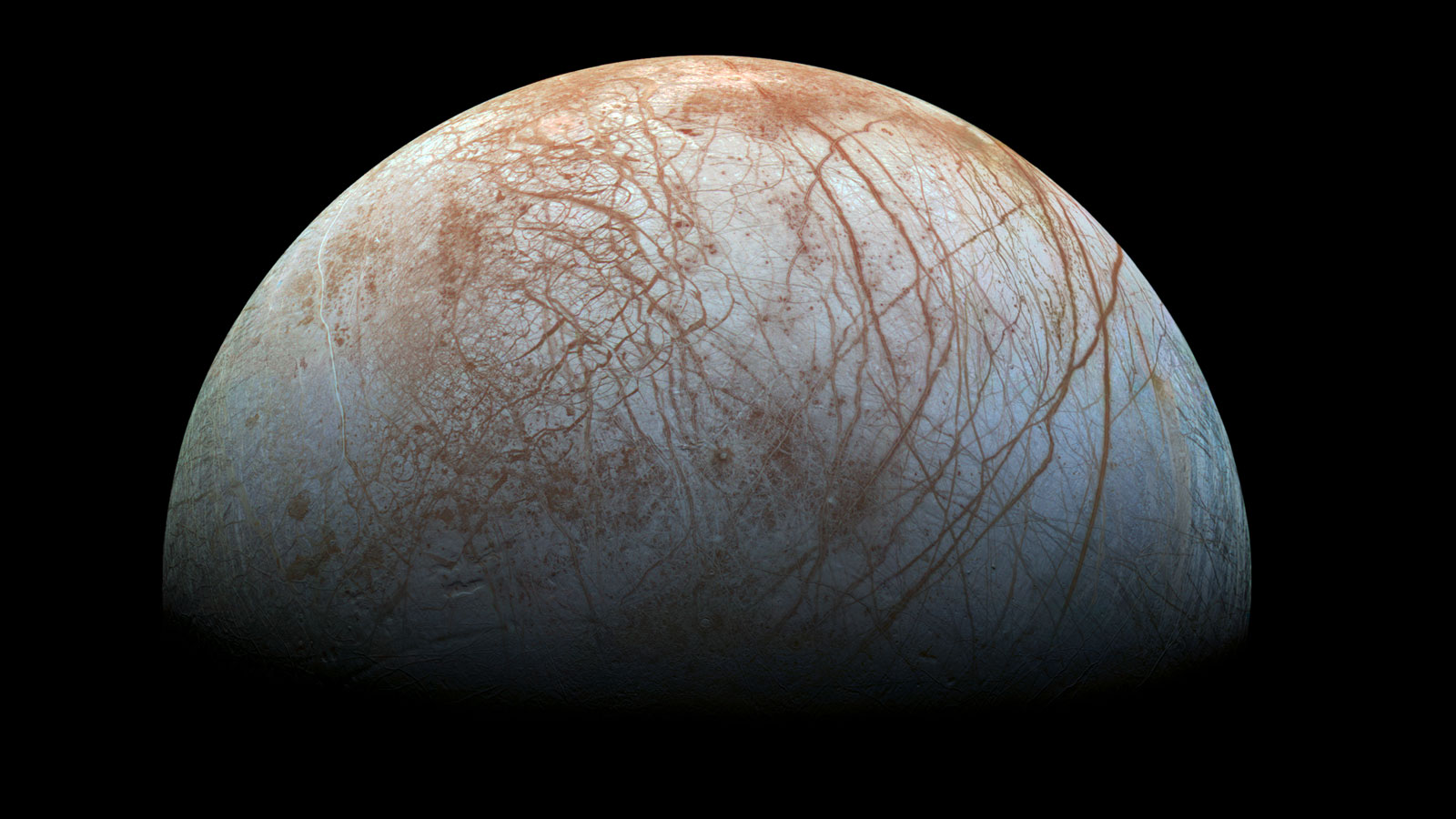NASA Planning A Mission To Europa To Determine If It’s Habitable

The White House’s 2016 budget request for NASA is $18.5 billion dollars, and a large chunk of that sweet, sweet space cash is going to fund a mission to “the destination within the solar system most likely to harbor current life“: Jupiter’s icy moon, Europa.
The budget requests $30 million dollars for the Europa mission, signalling that the White House is fully behind their plans to invest more time in exploring our solar system’s outer planets. This money will go towards “project formulation” for Europa, a mission which would launch in the mid-2020s. Of course, Congress still has to approve the final budget, but that might not be a bad thing; for 2015, the White House requested $15 million for Europa, and Congress actually gave them $100 million.
NASA believes that the moon “may have organic material on its surface” and seeks to explore the potential liquid ocean under its surface. The request states that
Jupiter’s moon Europa is one of the most likely places to find current life beyond our Earth. For over 15 years NASA has developed concepts to explore Europa and determine if it is habitable based on characteristics of its vast oceans (twice the size of all of Earth’s oceans combined), the ice surface – ocean interface, the chemical composition of the intriguing, irregular brown surface areas, and the current geologic activity providing energy to the system.
They’ve settled on “a flyby concept” powered by solar energy for the mission, which would likely see the probe pass the satellite repeatedly, studying it from a distance and returning that data to Earth.
(via Space.com, image via NASA/JPL-Caltech/SETI Institute)
Are you following The Mary Sue on Twitter, Facebook, Tumblr, Pinterest, & Google +?
Have a tip we should know? tips@themarysue.com